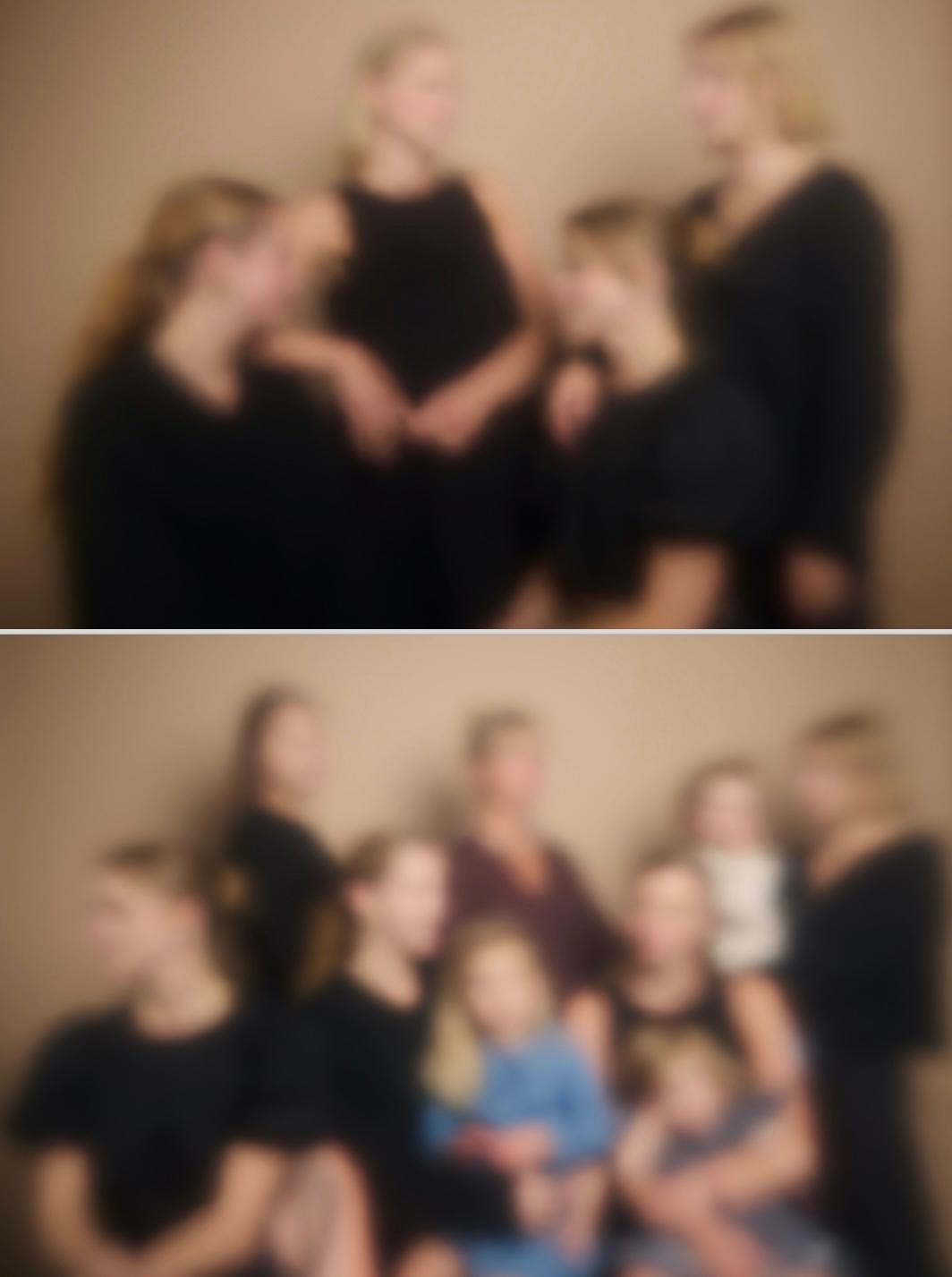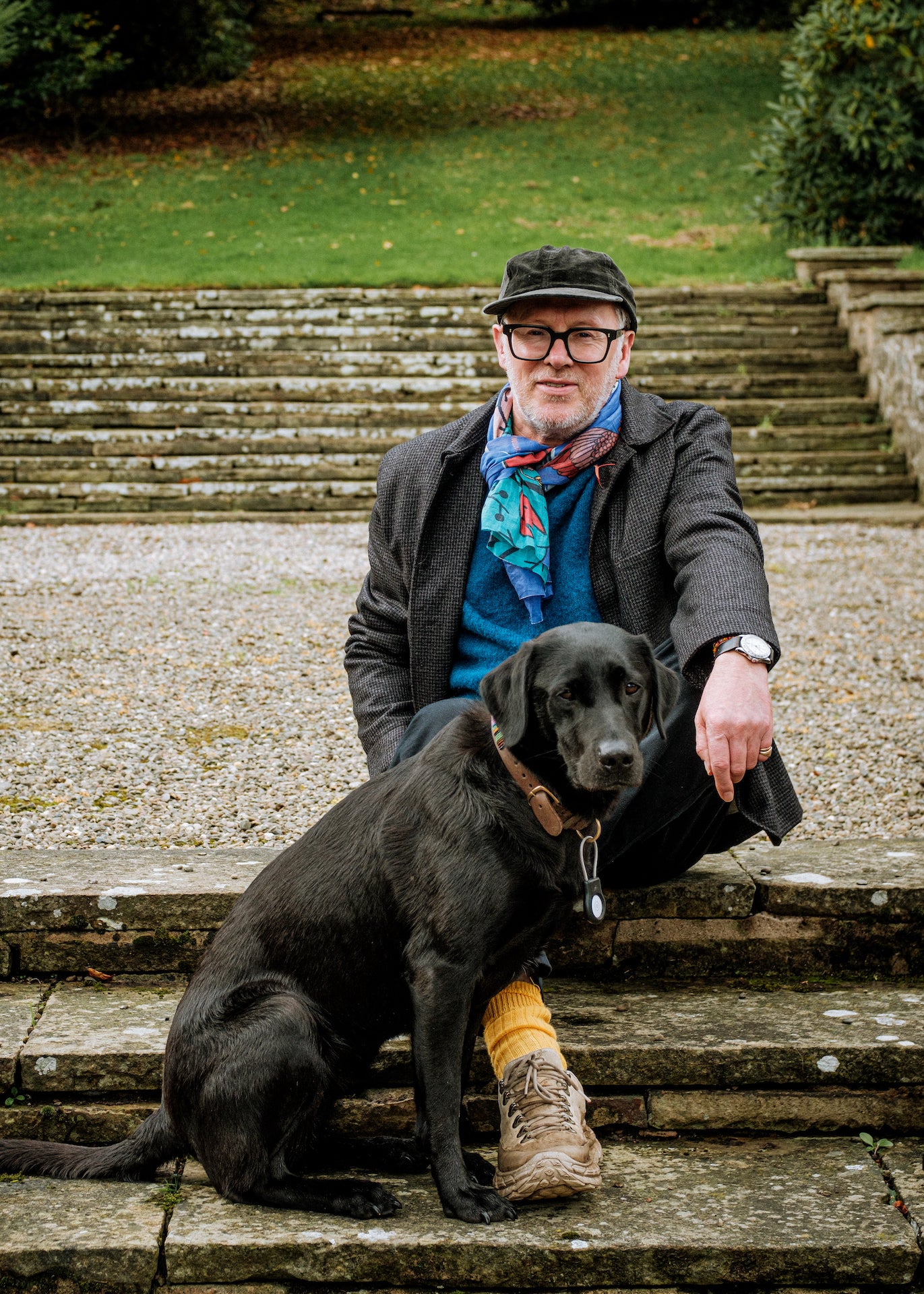Why venison is worth a try, by Caroline
I’d never cooked venison until I moved to Glen Dye in 1990 and had rarely eaten it, but I was curious, and in the spirit of embracing and learning everything I could about where we had moved to, I began to experiment. I started simply, with venison sausages, usually served with buttery mash, braised Puy lentils and salsa rossa. Then came venison sausage casserole, sometimes with mushrooms, sometimes with butter beans, sometimes with nduja and the experimentation began in earnest.

Juniper, mace, bay, all spice, star anise, cinnamon, rowanberry jelly, fennel seeds, thyme, rosemary, flat leaf parsley have all played a part in the development of my recipes. Sometimes experiments fail and there are certain ingredients I wouldn’t use again, like tarragon or cardamom, raisins or beer. But on the whole, venison is very forgiving and is happy to be paired with most herbs and spices, which is what makes it such a fun and satisfying meat to cook with, and why my recipes are ever evolving.
But why not stick to beef, or chicken? A thriving population of red and roe deer roam freely on the hills and in the forests of Glen Dye, grazing on heather, wild plants and grass. But because they have no natural predators, these populations need to be managed to ensure they remain healthy and are kept in balance with their habitat. This makes venison one of the most sustainable meats available in Britain. Not only is it delicious, but it is also incredibly healthy: it’s naturally low in fat and high in iron, potassium, zinc, and vitamins B6 and B12. And, of course, it’s completely organic.
By buying local venison, you are also ensuring the lowest possible carbon footprint. If you’ve never cooked venison, the thing to remember is that because it is very low in natural fat, it can become dry if it is overcooked. Use it instead of beef in bolognese, in casseroles, in chilli or in a cottage pie. Whatever you make, you can rest assured it will be delicious.

Roast venison loin, roast pumpkin, Szechuan salt and rowanberry jelly (serves 8)
- 2 small pumpkin or butternut squash, peeled and seeds removed, then sliced into wedges
- 16 sage leaves
- 120ml maple syrup
- 6 banana shallots, peeled and sliced lengthways
- 40g butter
- 1200g venison loin, fat and sinew removed
For the Szechuan salt
- 20 Szechuan peppercorns
- 2 tbsp flaky salt
- 2 tsp chopped rosemary
First, make the Szechuan salt. Put the Szechuan peppercorns, salt and rosemary into a spice grinder and grind to a coarse seasoning. Transfer to a lidded jar and put to one side. This will keep for 3 months, so use it with imagination!
Heat the oven to 190˚C. Put the sliced pumpkin, sage, maple syrup and shallots in a roasting tray and give it a good mix with your hands, making sure you coat everything in the syrup. Add half the butter and sprinkle with salt, then roast for 45-60 minutes or until the pumpkin is tender and a bit charred.
While the vegetables are roasting, heat a frying pan, add a splash of oil and the remaining butter. When the butter is foaming, add the venison, season and sear on all sides over a high heat. Remove from the heat, transfer the pan to the oven and roast the venison for 20-30 minutes, until a meat thermometer inserted into the thickest part reads 55˚C.
When the venison is cooked, remove from the oven, cover with foil and rest for 10 minutes. When the vegetables are ready, remove the tray from the oven. Brush the venison with the glaze from the pan and sprinkle over a generous pinch of the Szechuan salt. Carve the venison into slices, divide between the plates and serve with the pumpkin and shallots, and a dollop of rowanberry jelly.
You could serve this with buttery mashed potatoes, or with Pommes Dauphinoise for an altogether richer experience.

